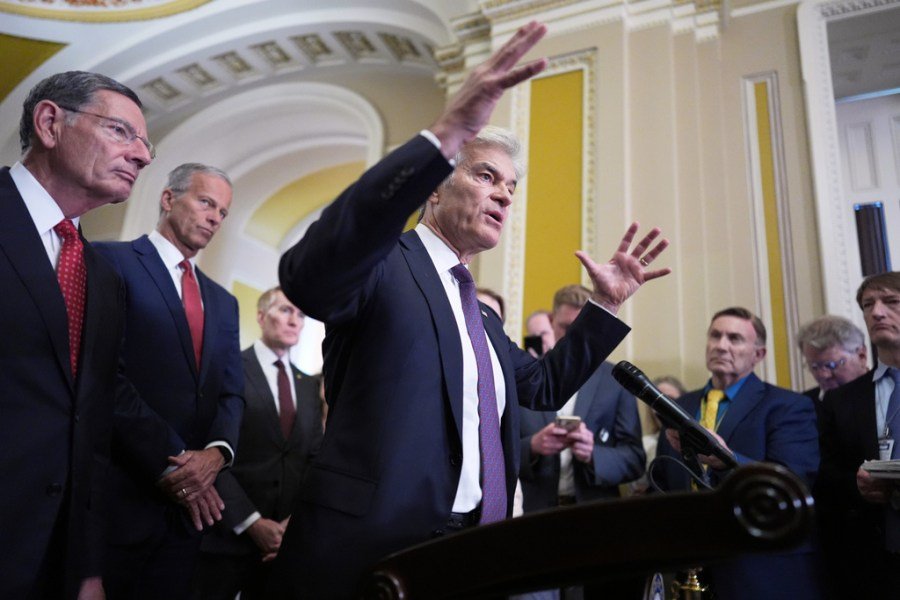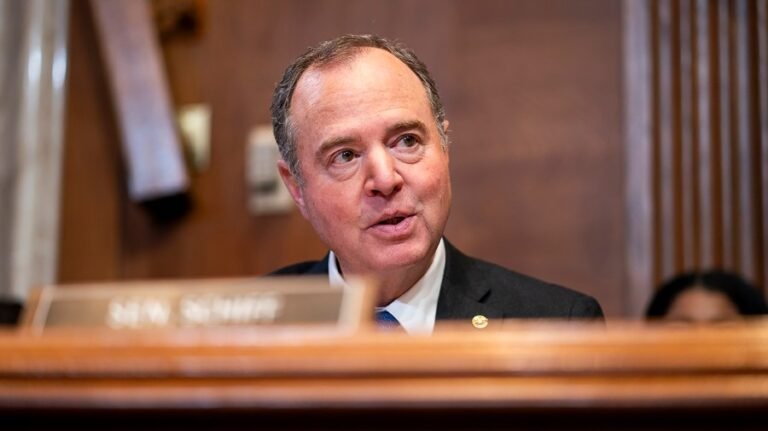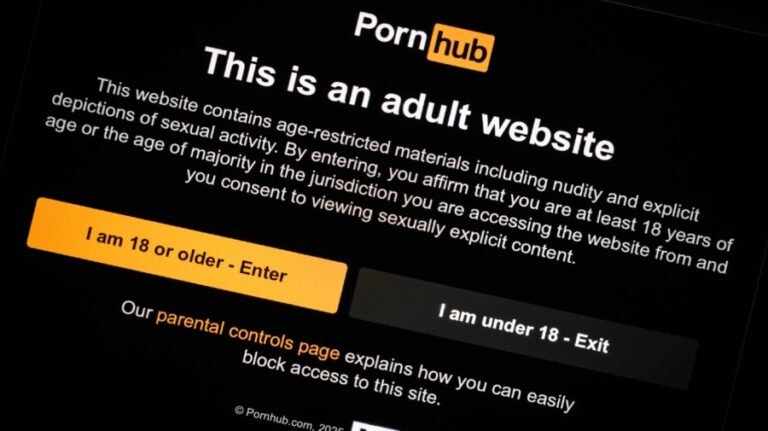
The cost of Medicaid has blown past all expectations over the last four years, and the Senate now has a chance to address its tremendous and unnatural growth, given the country’s deteriorating financial prospects.
Though the federal-state program is meant to provide health care for only the poorest Americans, it has grown beyond that important purpose, through and after the pandemic, despite the growing economy.
Medicaid is the third largest mandatory government spending program and has grown faster than both Medicare and Social Security, despite the latter programs bearing the retirement of the baby boom generation.
Logically, Medicaid should have shrunk in the past four years, given that fewer people need help with the pandemic fading into history and a robust and growing economy with low unemployment. Yet here we are, with growth defying all projections.
States have strong incentives to game Medicaid, because the federal government is footing the bill. Because states manage enrollment and reimbursement policies, the federal government doesn’t have the means or even a reason to verify state claims about their costs. Consequently, states develop new, creative funding mechanisms to benefit.
For example, over the past ten years states expanded a scheme wherein they impose taxes on hospitals, nursing facilities and other providers that serve Medicaid patients then kick back the money to those providers via higher Medicaid reimbursements and pocket the $9 in matching funds Washington sends (for every dollar states pretend to contribute to Medicaid).
And this is where the Senate’s big reform opportunity comes in. On May 22, the House of Representatives passed its budget package they dub the One Big Beautiful Bill Act. The largest spending reductions in the bill are targeted at limiting the recent expansion of Medicaid and the creative accounting they’ve been using to draw in federal money. While the House’s bill merely froze the use of the provider tax gimmick in the future, the Senate is considering a more restrictive measure, rolling back states’ ability to employ it to a level President Obama endorsed.
Several House members have indicated this is a step too far and may jeopardize the bill in the House. Opposition to additional restrictions to the provider tax is misguided and short-sighted, however. While some may believe the large matching funds that the federal government provides for state Medicaid spending may be at risk, in fact, the states can maintain the federal funding by switching the source of the revenues.
Further, the current system pushes federal spending higher which will eventually be borne by the states, too, even though they don’t feel those costs today. The cost to insure each Medicaid beneficiary has increased by 12 percent since 2019, but the federal government is footing the entirety of that increase.
Meanwhile, the state spending per beneficiary has actually decreased by 2 percent over that period. According to MACPAC, Congress’s analytical arm that focuses on Medicaid, states are contributing a smaller percentage of their budgets today than they were in 2012, after trending downward over the last five years.
Meanwhile, the amount sent from Washington has increased. In 2019, the Congressional Budget Office projected that the cost to the federal government of Medicaid would be $521 billion by 2024, an expected increase from 2018 of one third. Actual Medicaid spending in 2024 was $618 billion, nearly 100 billion dollars more than projected.
The ten-year cost of Medicaid, which is what Congress considers when legislating, has swelled by more than $900 billion. Some might assume that the unexpected growth came from states expanding Medicaid, but only four states, representing 6 percent of the U.S. population voted to expand Medicaid after the 2019 CBO report was released.
Current estimates of the effects of the budget bill suggest that Medicaid spending over the next ten years will be lower by about $800 billion. In other words, Congress is currently considering returning Medicaid back to where CBO expected it to be.
From the states’ perspective it makes sense to offload funding to the federal government. When states derive dollars from Washington, they offload the costs of their programs across all other states. If every state used the same accounting gimmicks, then there’s no real benefit, but if some states are more creative than others, then they stand to cash in immensely. Of course, if all the states eventually catch up to the gimmickry, everyone is worse off.
Adding to Medicaid cost woes, the third of the three major credit rating agencies has downgraded the federal government’s debt. The worse the debt gets, the more interest taxpayers will have to pay, squeezing out worthwhile spending. It’s like having a credit card with an interest rate that rises as the balance grows. The states’ largesse is hastening that problem.
Given the growing significance of the debt and the large and growing drag that it will place on government programs in the future, Congress must stop writing a blank check for the states and instead oblige them to pay more for any program they want to expand. The Senate would help the American people by taking on reform now and allow these sensible reductions to go ahead.
Jeremy Nighohossian is a senior fellow with the Competitive Enterprise Institute, a free market public policy organization based in Washington.


